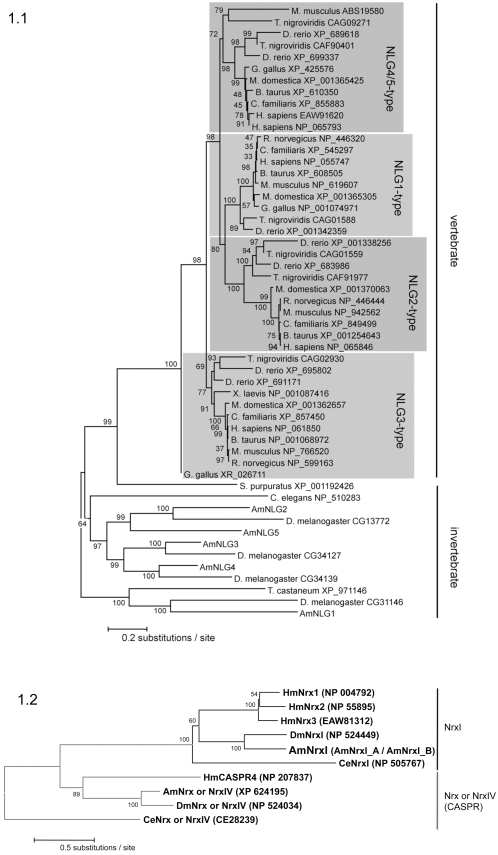Figure 1. Neuroligin and Neurexin Phylogeny.
(1.1) shows the phylogenetic relationship of 53 neuroligin proteins from the honeybee (AmNLG1-5) and Drosophila fly together with other neuroligins described by Bolliger et al [105]. All sequences are represented by taxon names showing species and NCBI accession numbers. The evolutionary history was inferred using the Neighbor-Joining method [106]. An optimal tree with percentage of replicate trees in which the associated taxa clustered together in the bootstrap test (1000 replicates) is shown next to the branches [107]. The tree is drawn to scale, with branch lengths in the same units as those of the evolutionary distances used to infer the phylogenetic tree. The evolutionary distances were computed using the JTT matrix based method [108] and are in the units of the number of amino acid substitutions per site. All positions containing alignment gaps and missing data were eliminated only in pairwise sequence comparisons (Pairwise deletion option). There were a total of 1884 positions in the final dataset. Phylogenetic analyses were conducted in MEGA3.1 [94]. Four radiations (shaded) represent relationship of vertebrate proteins NLG1-4 compared with invertebrate proteins. The phylogeny shows vertebrate and invertebrate neuroligin radiations arise from a single common ancestor found in the sea urchin (S. purpuratus XP_001192426), and displays a congruent topology with the Maximum-Likelihood tree reported by Bolliger et al. [105]. Similar analysis was performed for investigating neurexin phylogeny. (1.2) shows the evolutionary relationship of two ancestrally related clades of neurexin proteins from vertebrates and invertebrates; the neurological neurexins (NrxI) and neurexin IV (also known as neurexin). Notably, the invertebrate neurexin IV proteins form an orthologous group with CASPR. There were a total of 2125 positions in the final dataset. Also shown are the NCBI and wormbase accession numbers. Abbreviations Am: Apis mellifera, honeybee.

